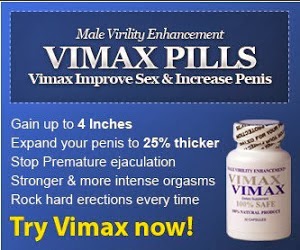Does your advertising work as hard as you do?
For most entrepreneurs on fixed marketing budgets, advertising has to pull its weight. Even some of the country's largest advertisers who once ran ads for the sake of branding alone now focus their efforts on advertising that produces a measurable ROI.
As we teeter on the brink of a recession, advertising must be a workhorse not a show pony. And its first duty is to support sales.
Successful marketing campaigns have several essential elements in common.
To turn prospects into customers, your ads must do four vital things:
Stimulate a response
Every ad must direct a customer to do something, such as visit your website or contact you by phone. But it's not enough simply to tell your prospects what to do, you must give them excellent reasons to do it. A great print ad, for example, begins with a benefit-laden headline, supports the benefit in the opening sentence, and explains it with features --specifying how the advertiser will deliver. Along the way, it differentiates the advertiser from other companies offering similar products or services. And it culminates in a strong call-to-action that tells potential customers how to take advantage of the benefit or offer.
Open minds
Scientists have discovered that our brains "alert" to new information. We virtually prick up our ears when something new is presented to us. That explains why, as consumers, we're always looking for the latest and greatest versions of goods and services. What's the latest wrinkle presented by your ad campaign? Good ads provide prospects with small "a-ha" moments, when they realize there's something different -- a unique product bundle, another layer of beneficial services, or a revolutionary new concept -- that you offer and no one else does. Whether triggered by your company's point of differentiation or simply a special offer, this a-ha moment should open minds to the unique benefits of buying from you.
Engage the right people
In this era of enormous advertising clutter and the bombardment with marketing messages in every environment, your ads must have immediate appeal to your targeted prospects. In fact, a prospect who's exposed to your advertising should instantly think, "This is what I need." Like a heat-seeking missile, your ad should single out your best prospects, and "speak" to them in their vernacular--including any buzzwords. And visually, whether in print or on TV, it helps if your prospects can also see themselves represented in your ads. Look beyond their age, gender, economic status and other basic demographic information, and put yourself in their shoes to think as they do. Then create an ad campaign to which your prospects can easily relate. Place it in the right context as well, by advertising in the media your prospects look to for information on what you market.
Ring true
Consumers can spot a phony a mile away. What's more, they're often likely to disbelieve advertising claims, even when they're true. That's why it's essential to make all your marketing claims credible, and substantiate them where necessary. Avoid too much hyperbole in your advertising, as it often fails to ring true. And create a campaign that integrates a combination of media to direct interested prospects to a deeper story. Magazine advertising, for example, is one of the best tools for piquing interest and sending prospects to websites where they can find more in-depth information, from industry affiliations, company background and testimonials to copies of press coverage. Create ads with integrity that are supported by in-depth information, and you'll successfully propel your prospects toward a sale.
Subscribe to:
Post Comments (Atom)










































































































No comments:
Post a Comment